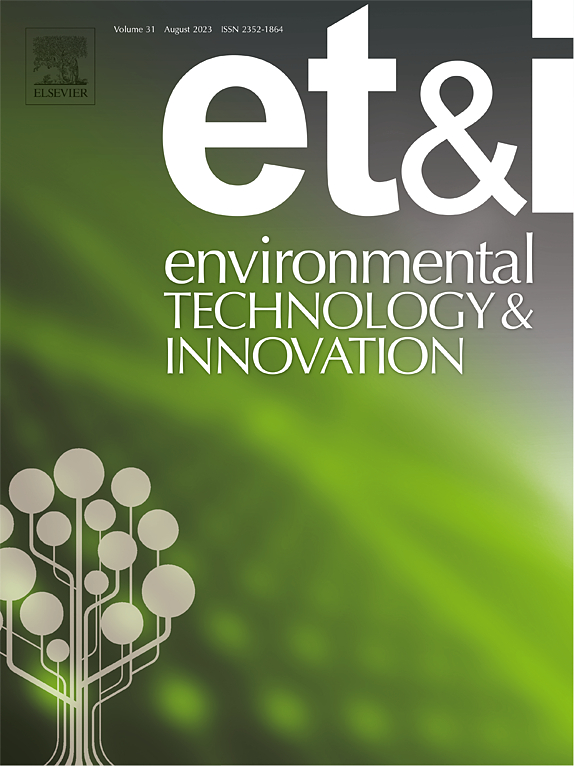Carbon emissions of animal-based food can be reduced by adjusting production and consumption of residents in China
IF 6.7
2区 环境科学与生态学
Q1 BIOTECHNOLOGY & APPLIED MICROBIOLOGY
引用次数: 0
Abstract
China is a major consumer of animal-based food and contributes greatly to livestock greenhouse gas emissions. Adapting to the growing demand for animal-based food and reducing its carbon emissions is a major challenge in achieving sustainable food production. The life cycle assessment (LCA) and Logarithmic Mean Divisia index (LMDI) were conducted to assess the carbon emissions and drivers of major animal-food production in China in 2020. The results showed that mutton had the highest carbon footprint (CF) in animal-based foods, followed by beef, pork, chicken, egg, and milk. Shandong province exhibited the highest carbon emissions from animal-based foods among provinces in China in 2020. Reducing food supply and improving the production environment were the important factors contributing to the reduction of animal-food carbon emissions. In contrast, consumption intensity and population were the main contributing factors to the increase in carbon emissions from animal-based foods. China has a surplus in animal-based foods in 2020, especially in pork, eggs and milk, with Shandong province having the most marked food surplus at provincial level. Based on the surplus or deficit of animal-based food in different provinces, we proposed a production scheme under the premise of meeting the consumption demand of Chinese residents and incorporating the target of reducing emission potential, and the scheme may achieve a emission reduction potential of 231.3 million tons of CO2-eq in 2020, which accounts for 41.5 % of the carbon emissions before reducing production and cross-regional transport. This study provides a reference for achieving the goal of sustainable food production in China.
求助全文
约1分钟内获得全文
求助全文
来源期刊

Environmental Technology & Innovation
Environmental Science-General Environmental Science
CiteScore
14.00
自引率
4.20%
发文量
435
审稿时长
74 days
期刊介绍:
Environmental Technology & Innovation adopts a challenge-oriented approach to solutions by integrating natural sciences to promote a sustainable future. The journal aims to foster the creation and development of innovative products, technologies, and ideas that enhance the environment, with impacts across soil, air, water, and food in rural and urban areas.
As a platform for disseminating scientific evidence for environmental protection and sustainable development, the journal emphasizes fundamental science, methodologies, tools, techniques, and policy considerations. It emphasizes the importance of science and technology in environmental benefits, including smarter, cleaner technologies for environmental protection, more efficient resource processing methods, and the evidence supporting their effectiveness.
 求助内容:
求助内容: 应助结果提醒方式:
应助结果提醒方式:


